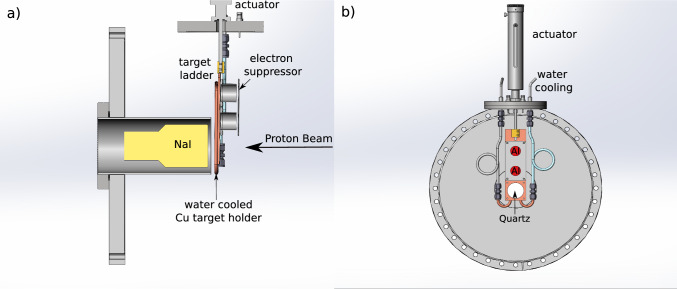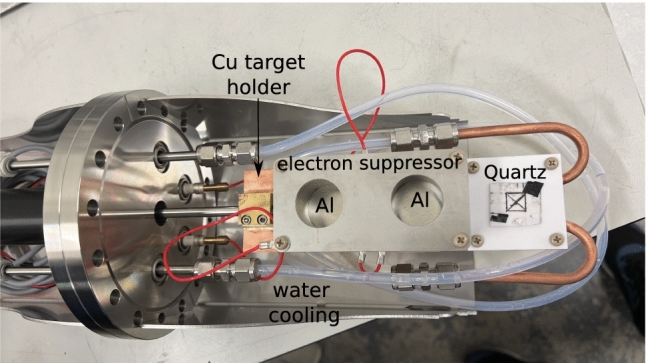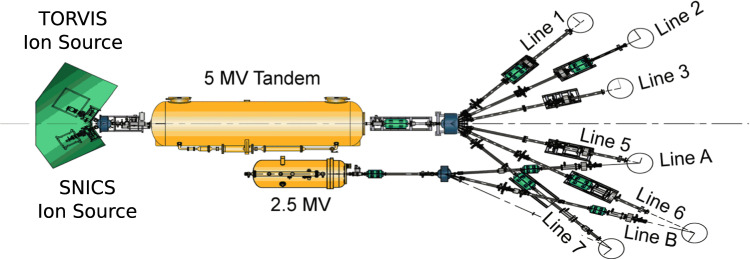道尔顿坎布里亚设施2.5 MV Pelletron的能量校准。
IF 2.8
3区 物理与天体物理
Q2 PHYSICS, NUCLEAR
引用次数: 0
摘要
我们报告了在英国道尔顿坎布里亚设施使用质子束能量范围为632-1800 keV的27Al(p, γ) 28 Si反应中的五个众所周知的共振对2.5 MV Pelletron加速器的能量校准。同时测量了光束的能量扩散,结果为191(38)eV。此外,我们还检查了加速器光束能量的稳定性和可重复性,确认了它适用于核天体物理实验,特别是在恒星演化和核合成的高能体制下。本文章由计算机程序翻译,如有差异,请以英文原文为准。



Energy calibration of the 2.5 MV Pelletron at the Dalton Cumbrian Facility
We report on the energy calibration of the 2.5 MV Pelletron accelerator at the Dalton Cumbrian Facility in England (UK) using five well-known resonances in the 27Al(p,\(\gamma )^{28}\)Si reaction in the proton beam energy range of 632–1800 keV. The beam energy spread was also measured and found to be 191(38) eV. Additionally, we checked the stability and reproducibility of the accelerator’s beam energy, confirming its suitability for nuclear astrophysics experiments, especially in the high-energy regime of stellar evolution and nucleosynthesis.
求助全文
通过发布文献求助,成功后即可免费获取论文全文。
去求助
来源期刊

The European Physical Journal A
物理-物理:核物理
CiteScore
5.00
自引率
18.50%
发文量
216
审稿时长
3-8 weeks
期刊介绍:
Hadron Physics
Hadron Structure
Hadron Spectroscopy
Hadronic and Electroweak Interactions of Hadrons
Nonperturbative Approaches to QCD
Phenomenological Approaches to Hadron Physics
Nuclear and Quark Matter
Heavy-Ion Collisions
Phase Diagram of the Strong Interaction
Hard Probes
Quark-Gluon Plasma and Hadronic Matter
Relativistic Transport and Hydrodynamics
Compact Stars
Nuclear Physics
Nuclear Structure and Reactions
Few-Body Systems
Radioactive Beams
Electroweak Interactions
Nuclear Astrophysics
Article Categories
Letters (Open Access)
Regular Articles
New Tools and Techniques
Reviews.
 求助内容:
求助内容: 应助结果提醒方式:
应助结果提醒方式:


